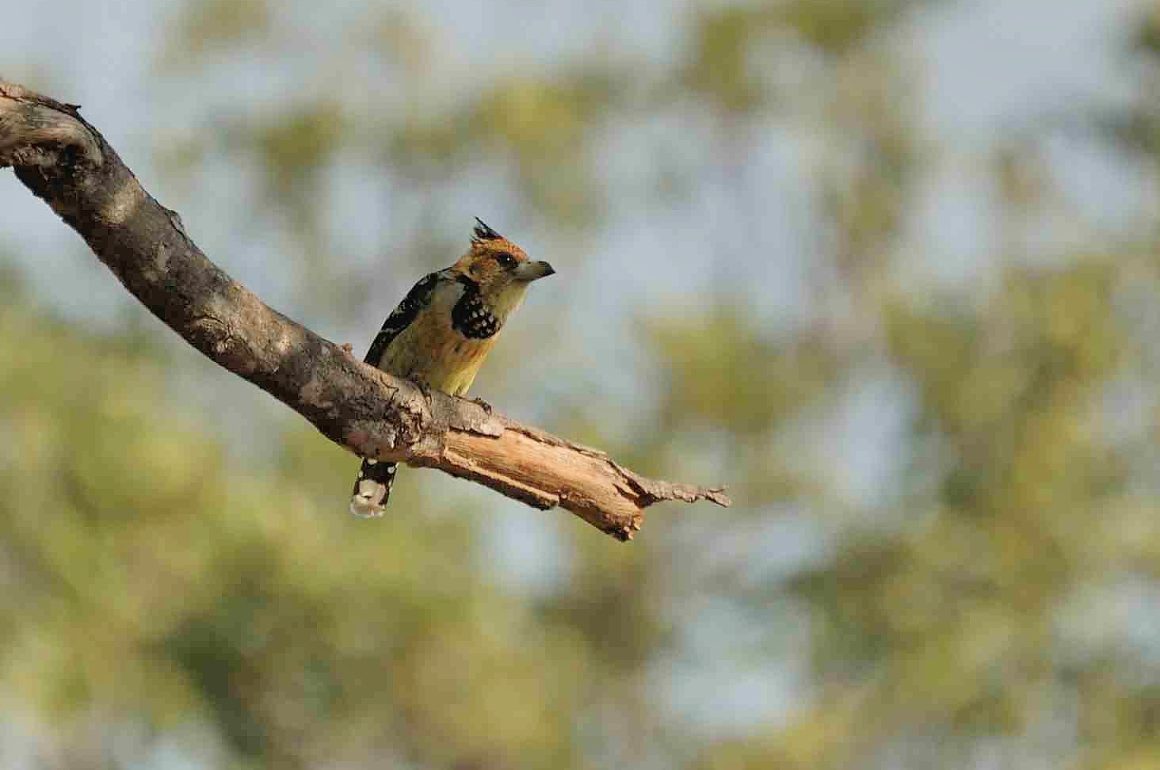
We all know and use the derogatory term trash birds link. When I recently put in a comment of “wanting to write a post about my least favourite birds” link that’s what I was thinking. An easy list of trash birds. Well, it’s never easy…
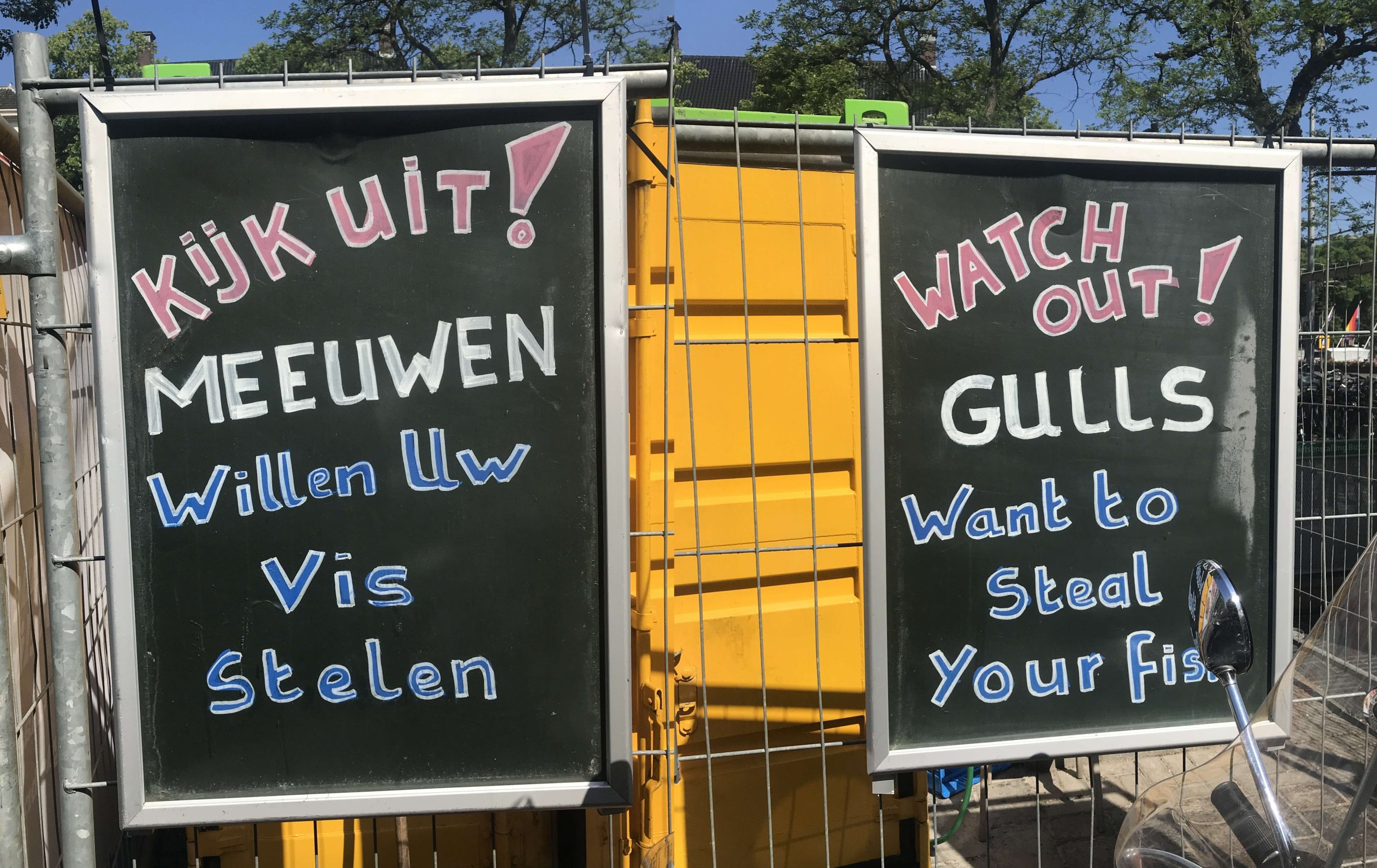
What is a trash bird? The definition of trash bird according to one of those humourless Artificial Intelligence (AI) thingies is (I recommend skipping the cursive print – beware Skynet!):
“Trash bird” is a colloquial term that can vary in meaning among birders and bird enthusiasts. It often refers to common, non-native, or sometimes invasive bird species that are perceived as less desirable or interesting compared to other birds. The term can also be used humorously or affectionately among birders. Given the lack of direct search results from specific birding websites, here are three potential interpretations of the term based on general birding knowledge:
1. Common and Ubiquitous Species: In some contexts, “trash bird” might refer to very common species that are often overlooked by birders seeking rarer sightings. Examples could include pigeons in urban areas or European Starlings in the United States, which are widespread and sometimes considered pests.
2. Invasive Species: The term could also refer to non-native species that have been introduced to an area and have a negative impact on local ecosystems, outcompeting native birds for resources. In this sense, birders might use “trash bird” to express concern over ecological balance and the preservation of native species.
3. Perceived Lack of Aesthetic or Ecological Value: Some birders might use the term for species that are perceived as lacking the aesthetic beauty or ecological interest of other birds. This usage can be subjective and varies greatly among individuals.
For accurate definitions or discussions directly from birding and bird-watching communities, I recommend visiting reputable birding forums, websites like those mentioned in the search query (birding.com, birdwatchingdaily.com, allaboutbirds.org), or contacting local birding clubs for their perspectives.
Humourless and referring to competing websites. I know what a Herring Gull would do with this information:
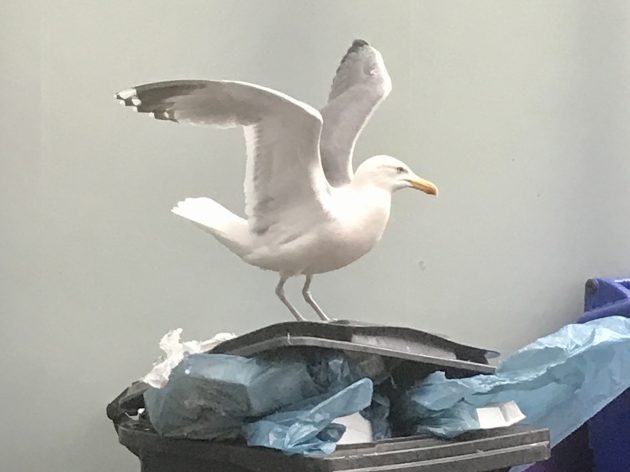
Can we say something Human Intelligent (HI) perhaps? Maybe, starting with some perspective. Perspective changes everything. On my first safari I took my two sons – both of the smart-alecky age at the time – and told them that my South African birding friend had struggled to see a Grey Hornbill. Of course, we saw an enormous number of these birds, because (a) they are not rare at all and (b) my rascals actively sought out the birds just to ridicule dad. They became temporary birders to spite me – these same [expletive deleted] who told me when we first stopped for a lifer that, and I quote, “We are not going to stop for every parakeet on the way, Dad”. I’d love to say that I never took the ungrateful so-and-so’s again, but we have had many more adventures together since. I’m a softy.
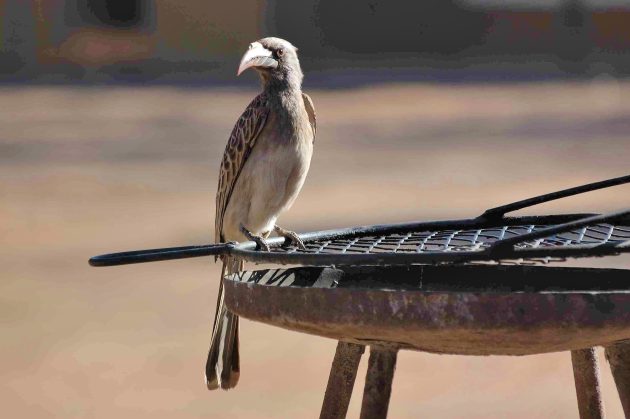
For my friend, the common and ubiquitous Grey Hornbill was not a trash bird. He was impressed enough to tell me all about it. For my sons it was not trash either as long as they could trash Dad – the ubiquitous nature of the bird augmented its value to them. Like I said, the little [expletive deleted yet again]. Dissing Dad shouldn’t even be the sole reason to like common. My wife and I had breakfast with Yellow-bellied Greenbul in Namibia. They were ubiquitous, common and delightful.
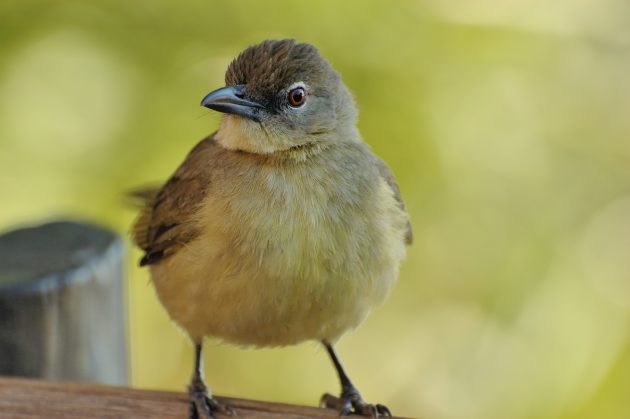
The Pied Crow would qualify as common and ubiquitous, its Southern African birders’ nickname is “craptor”. Undoubtedly a trash bird?
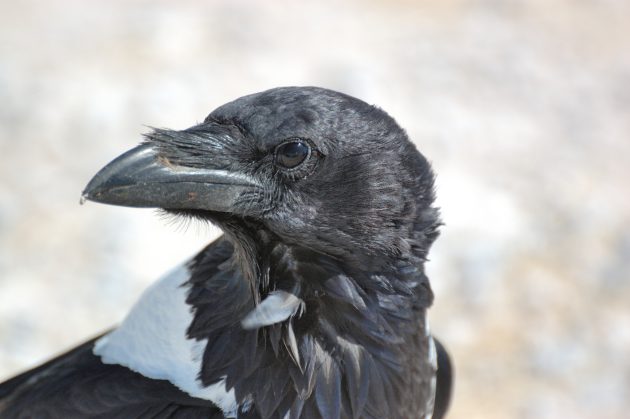
Another example. Every first-timer to the great safari parks in Southern Africa has memory cards full of impala images – I am no exception. The avian equivalent of the impala and also good for many, many pictures is the Lilac-breasted Roller. Common and ubiquitous – trash?
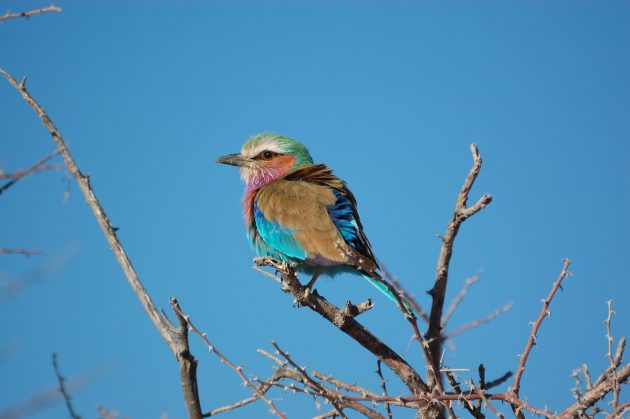
Now look at that Pied Crow again – we created an ecological opportunity, and the birds took it and became (too) abundant. Quite admirable. They’re intelligent and continously looking for an angle. Observed closely, Pied Crows are highly entertaining. But somehow everyone goes crazy instead for Lion doing nothing interesting whatsoever… I am calling “bovine excrement” on the AI: common and ubiquitous does not a trash bird maketh.
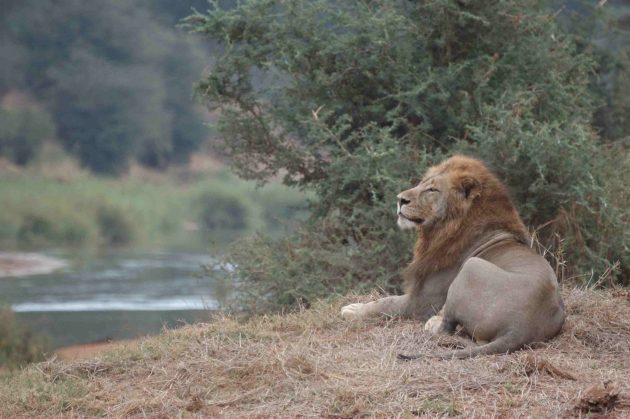
But the crow is so dull in its plumage, I hear you say. Really? It’s black and white, very stylish. The lion is what, brown? Hang on, the crow has been placed in the “Perceived Lack of Aesthetic or Ecological Value” category! The roller hasn’t, and the lion is just very cool. This category is fantastic because it is subjective… It’s like racism – you don’t need a rational reason to hate or despise… Now that I made that comparison we can’t really use this category any longer. That will teach you, you racist piece of AI! Ooh, I feel so righteous now.
Maybe we should look at the opposites to trash birds for our edification: the stonkers. There’s the extremely rare, the drop-dead gorgeous, and the impressive. Some trash birds fly a bit out of range and become a stonker like the Eurasian Dotterel below (out of range and out of season in mid July Portugal).
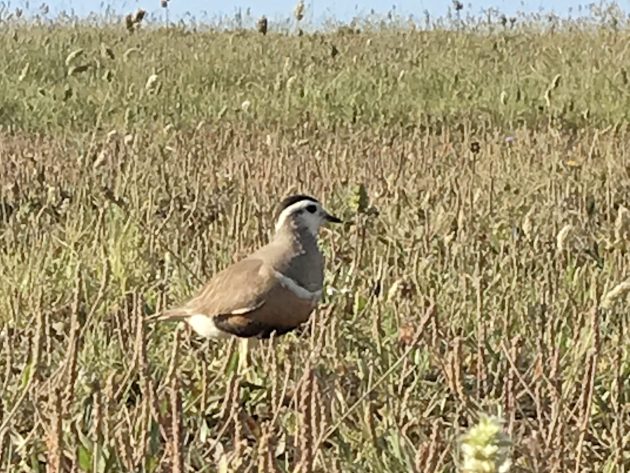
Wait a minute… When a lot of birds are out of range than they become an Invasive Species. Our last category to classify trash birds isn’t objective either. The same species, different context, not trash. I am starting to feel the Artificial Intelligence is all nonsensical and not that intelligent.
We all agree: most of the more than 10,000 birds are stonkers. Every one of those birds draws us out of our bed and into nature. We have come up with some very personal, subjective, context-based but nonsensical reasons to consider the others trash. However, since context is everything, I believe it’s time to reconsider the term “trash bird“. Let’s be more supportive of trash birds, because – let’s face it – the times are neigh when they may well be our last avian friends. That’s my convoluted excuse for not coming up with the promised list after all… it’s hard work being lazy.






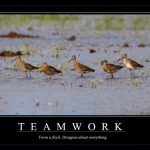

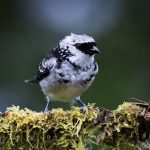
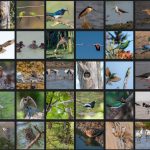


Thanks, a fun post to wake up to. I’ll try to police my attitude on House Sparrows!
House Sparrows are my favourite birds, Jean! Thanks for your kind words.